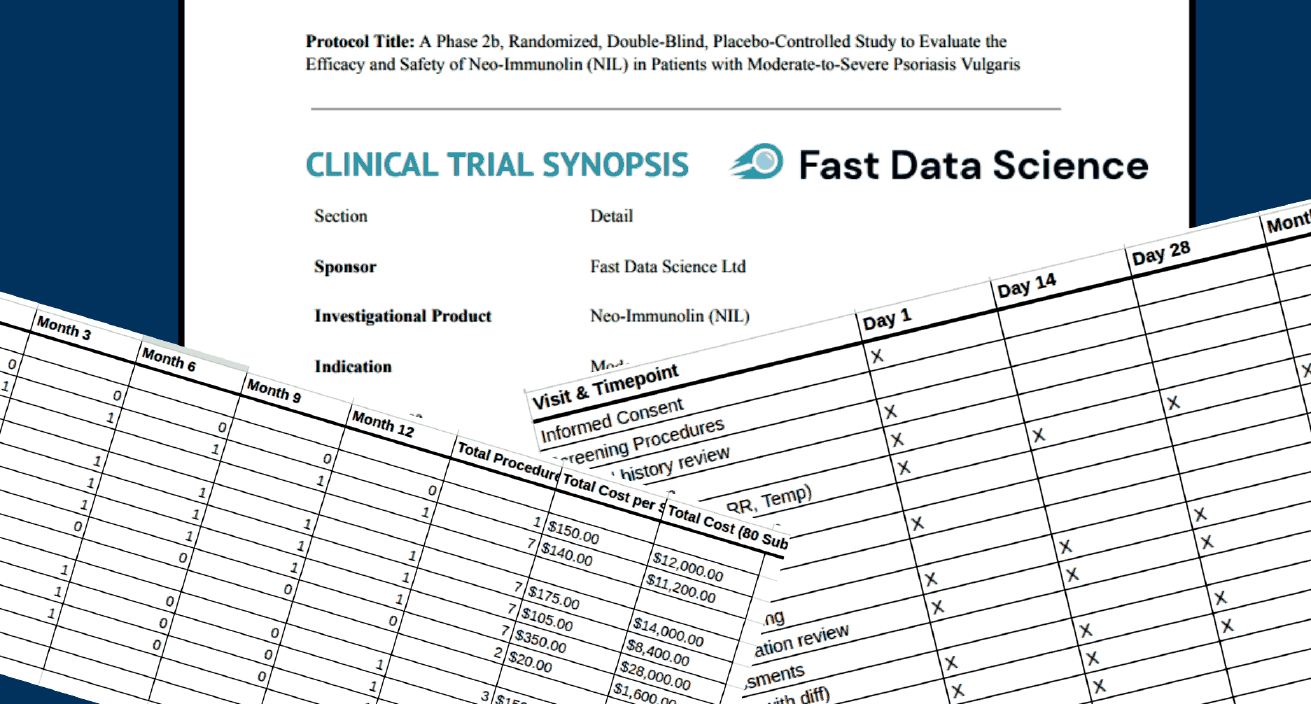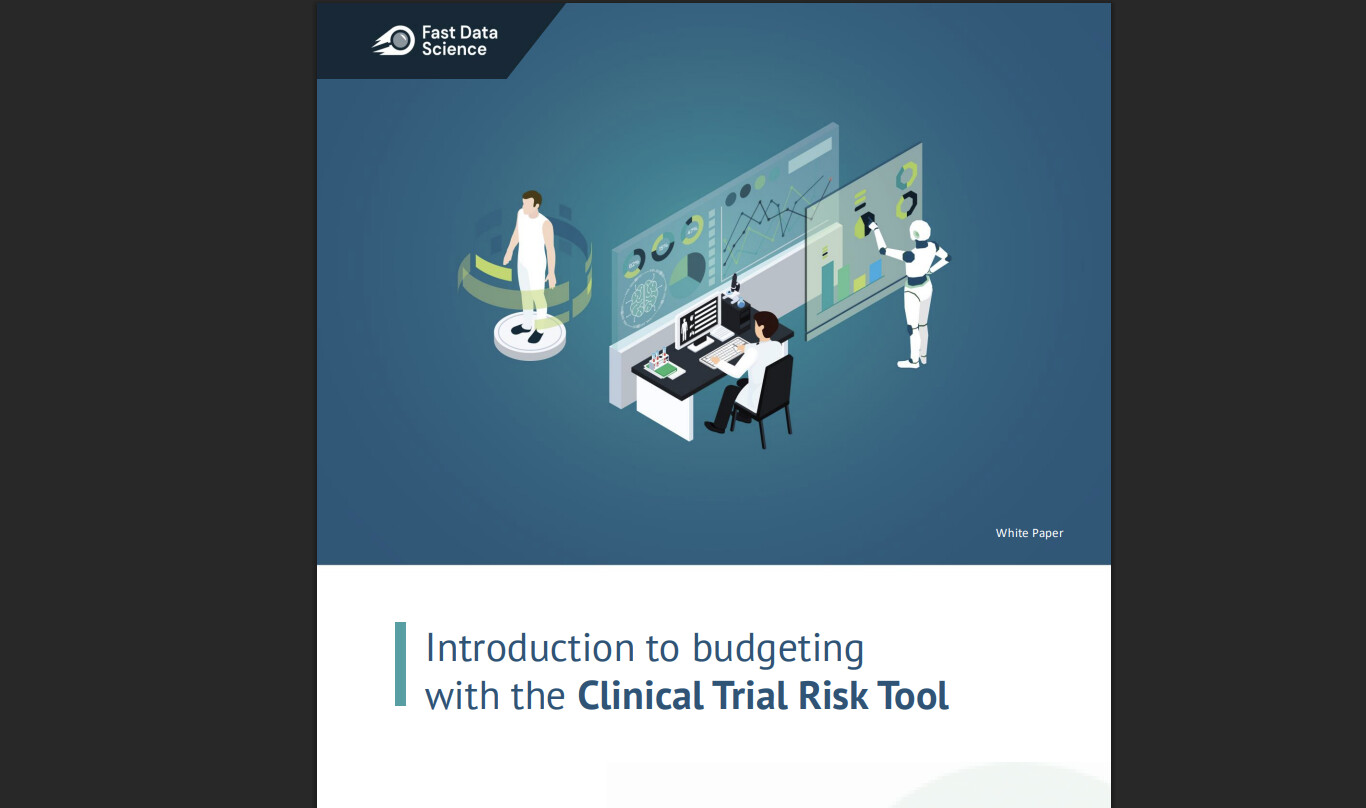
Thomas Wood presents the Clinical Trial Risk Tool at the Clinical AI Interest Group at Alan Turing Institute The Clinical AI Interest group is a community of health professionals from a broad range of backgrounds with an interest in Clinical AI, organised by the Alan Turing Institute. In the group’s November 2025 meeting, the talk was given by Dr Jeff Hogg, Programme Director, MSc AI Implementation (Healthcare), University of Birmingham and Clinical Innovation Officer in AI, University Hospitals Birmingham NHSFT, titled AI Readiness for Health and Care Provider Organisations.

Guest post by Safeer Khan, Lecturer at Department of Pharmaceutical Sciences, Government College University, Lahore, Pakistan Multi-Arm & Multi-Stage (MAMS) Clinical Trials Design Tips The design of clinical trials is increasingly challenged by the Rising Costs, limited availability of eligible patient populations, and the growing demand for timely therapeutic evaluation. Traditional parallel-group designs, which typically compare a single intervention to a control, are often insufficient to meet these pressures in terms of speed, efficiency, and resource utilization.

You can use the t-test when you want to compare the means (averages) of continuous data between two groups, such as blood pressure or maximum concentration of a drug in urine (Cmax). If you have data with a dichotomous outcome, you can use the Chi-Squared test instead - please try our Chi-Squared sample size calculator. The calculator below will calculate the minimum sample size for you. Your expected effect size d is the standardised effect size according to Cohen’s definition.

You can use the Chi-Squared test to analyse your trial data or A/B test data if you have two groups with a dichotomous outcome. For example, you have two arms in your trial: the placebo and the intervention arm, and your endpoint is either yes or no, such as “did the subject experience an adverse event during the trial”. The calculator below will calculate the minimum sample size for you. Your expected effect size w is the standardised effect size according to Cohen’s definition.

How can you use the Clinical Trial Risk Tool to create a per-subject budget from a protocol or synopsis and a site Charge Master? The video below walks you through how the Clinical Trial Risk Tool by Fast Data Science can accelerate your budgeting. The Clinical Trial Risk Tool streamlines the creation of a per-subject budget by automating the typically manual process of extracting data from the Study Protocol and cross-referencing it with Charge Master/Fee Schedules.

Guest post by Youssef Soliman, medical student at Assiut University and biostatistician In today’s complex research environment, managing the finances of a clinical trial is as crucial as managing the science. Dedicated clinical trial financial management software solutions have emerged to oversee the monetary aspects of studies, helping maintain tight budgetary control and regulatory compliance. These platforms typically encompass capabilities like budget creation, real-time expense tracking, automated payments to sites and vendors, and the generation of audit-ready financial reports.

Guest post by Safeer Khan, Lecturer at Department of Pharmaceutical Sciences, Government College University, Lahore, Pakistan* Introduction Pilot studies are a cornerstone of modern clinical research. These preliminary trials allow researchers to assess the feasibility of their hypotheses, refine methodologies, and identify potential obstacles before embarking on larger, more expensive trials with significant ethical implications. A well-structured pilot study not only saves time and resources but also reduces the chances of costly failures during later phases of the clinical trial process.

A number of documents are needed to produce a complete and accurate clinical trial budget. The necessary documents typically include: the study protocol (generally the most important document for building a budget) the informed consent form the clinical trial agreement or sponsor contract any laboratory and pharmacy manuals the charge master or schedule of fees the sponsor’s budget. However, sometimes a sponsor will send only the synopsis to a CRO when requesting a quote.

Are you wondering how you can build a detailed clinical trial budget from the protocol, whether for a site, CRO, or sponsor? This may appear an intimidating task. You have to read the protocol carefully, find the schedule of events, calculate how many times each activity occurs during the trial, and slowly create an itemised budget spreadsheet. There are cost items buried in footnotes that you need to look for.

Guest post by Youssef Soliman, medical student at Assiut University and biostatistician In 2025, the outsourcing of clinical trials has become a common strategy for pharmaceutical and biotechnology sponsors. Facing rising R&D costs and complicated studies, sponsors turn to Contract Research Organizations (CROs) and other external partners to manage clinical trials. This practice, known as outsourcing clinical trials, is adopted as a best practice for containing costs and enhancing efficiency in drug development [1].